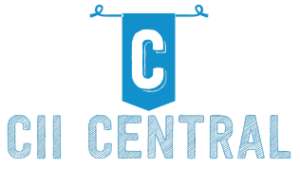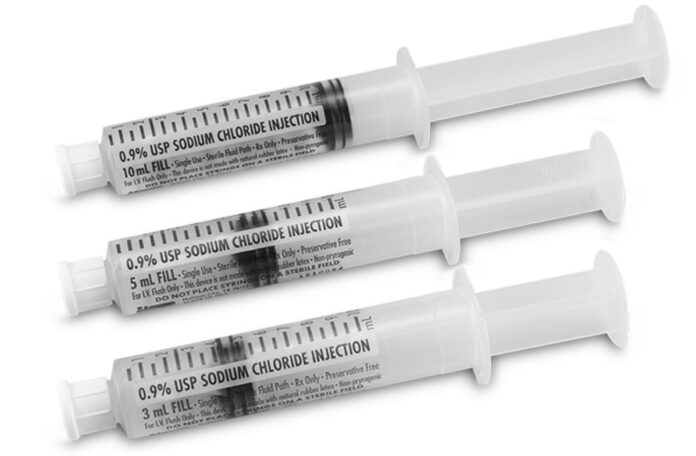The 0.9% Sodium Chloride IV Solution shortage is starting to affect more hospitals around the United States and is expected to get worse as time goes on. The FDA has been attending meetings with manufacturers of this popular solution to mitigate the shortage, but nothing has been done. This blog post will cover exactly how the shortage started, who is affected by it, what the FDA is doing in response, and whether or not any preventative measures can be taken against the shortage.
How The Sodium Chloride Shortage Started

One of the most important drugs used in a medical setting is sodium chloride. It is used during specific applications and procedures to help with blood flow, tissue repair, etc.
Because of all the things it can do, it is a highly crucial component in healthcare facilities.
The 0.9% Sodium Chloride IV Solution shortage has been going on since early October 2018, meaning that an essential ingredient for specific procedures is not available, which causes complications for patients and doctors trying their best to care for them. Luckily, there are ways to go around this problem. Many people have turned to one way to use other avenues for acquiring the drug. They may stock up before there’s a shortage or look into other companies that produce the drug in bulk at a lesser price than hospitals usually pay for it.
What is 0.9% Sodium Chloride IV Solution?
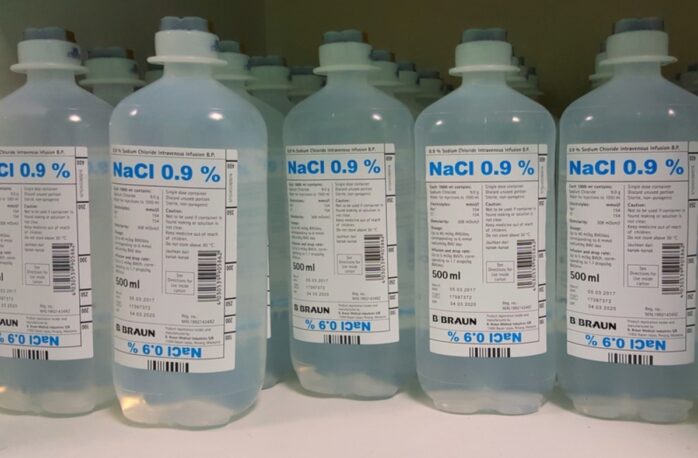
0.9% Sodium Chloride IV Solution is an intravenous (IV) fluid that helps restore fluids in the body when lost due to dehydration or illness. Dehydration can lead to severe health issues if left untreated, including death. This solution is considered essential to keeping patients hydrated during their stay at a hospital or clinic.
Why Is There a Shortage?
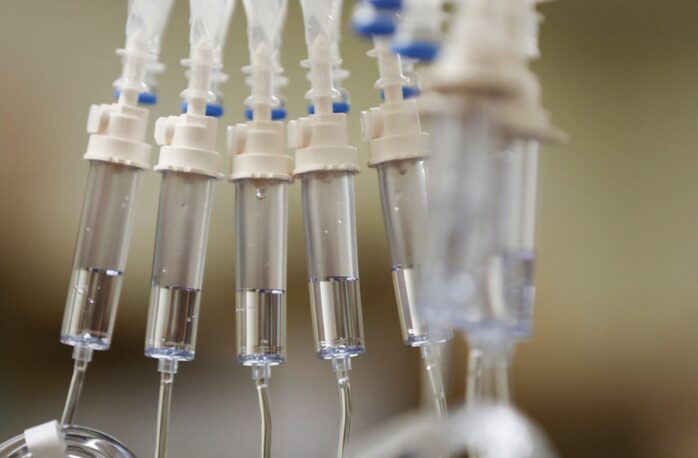
In October 2020, the U.S. Food and Drug Administration (FDA) announced that it would temporarily allow certain companies to import small amounts of saline from European countries to help offset the shortage.
The shortage has been caused by two recalls, one for Baxter International Inc., a large manufacturer of IV solutions, and one for B. Braun Medical Inc. The company recalls were due to bacterial contamination in some of their prefilled IV bags, which led to multiple deaths and illnesses in the United States. As a result of these recalls, many hospitals have been forced to use the compounded saline solution as an alternative until a new manufacturer can step up production.
According to the FDA, there is still a nationwide shortage of saline solutions despite the temporary measures put in place by manufacturers and government organizations such as the Department of Health and Human Services (HHS). Hospitals are being asked to conserve what they have left on hand while waiting for shipments from Europe or other parts of the Asia-Pacific region. There may be more readily-available supply lines than what we currently see being imported into America.”
Who Is Affected by the 0.9% Sodium Chloride IV Solution Shortage?
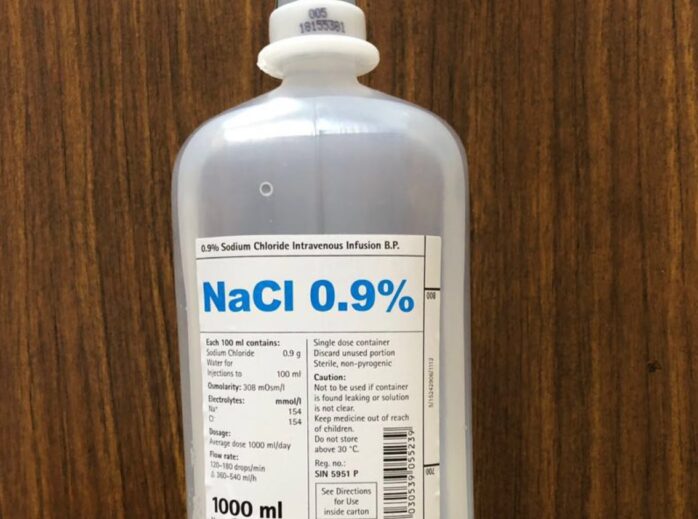
The 0.9% Sodium Chloride IV Solution shortage will affect healthcare in 2024, especially for patients who need fluids during surgery or chemotherapy treatment. The shortage has caused delays in patient care and increases in costs.
Hospitals are a prominent place to see the effects of the Sodium Chloride IV Solution shortage. Hospitals rely on Sodium Chloride IV Solutions to give patients intravenous (IV) fluids which help with dehydration, replace electrolytes, maintain blood pressure, and more. Hospitals often use Sodium Chloride IV Solutions off-label to prevent dehydration and manage other conditions while waiting for necessary medications to become available again. Because of this, the FDA has lifted some restrictions on how hospitals can use Sodium Chloride IV Solutions until the shortage is resolved.
The shortage has been particularly damaging for patients who need fluids during chemotherapy treatment or surgery and those with kidney failure or other dialysis conditions. Patients who experience sudden or heavy blood loss are also likely to be affected by the shortage.
The Bottom Line on The Sodium Chloride Solution Shortage
There are no easy solutions to the prefilled 0.9% sodium chloride solution shortages right now. Maximizing the use of commercially available saline will help, but significant investment and acquisition efforts will likely be necessary to address the global shortages.
We must recognize that we live in an era of tight healthcare financing and an uncertain political environment. Make no mistake that this shortage is real and not easily fixed by technology. The prospect of more shortages in the near future is likely, so we must prepare to meet these challenges head-on with a solid strategy to minimize clinical impact while maximizing success.
